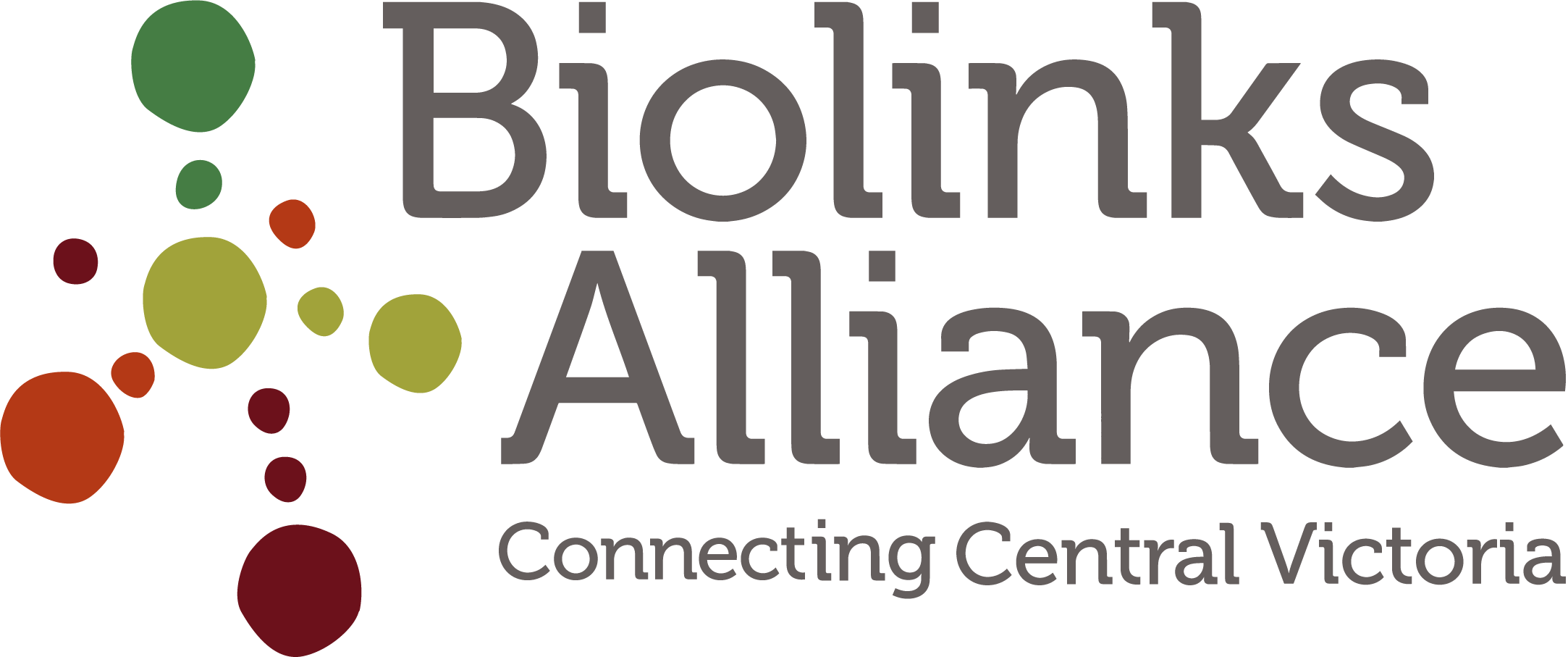Farms
A high proportion of the land in central Victoria is privately-owned farmland, and farming is a significant component of the social and economic environment across the region. Farming uses the natural resources of the region and management of farmland has a big impact on the native species and natural ecosystems needed to sustain agricultural production.
Most farmland is on the most fertile and arable country of the region – the grasslands and grassy woodlands. These ecosystems have been extensively cleared, cultivated and sown to introduced pasture and crop species over the past 200 years, and we are seeing an increase in the area of land being used for high production grazing systems and cropping. As a consequence, the species and ecosystems that used to live in those parts of the country are now among the most threatened. This also means that natural processes are less able to sustain the health and productivity of our farmlands.
Productive farming and biodiversity conservation can co-exist to the mutual benefit of both. There is a growing body of evidence on the long-term benefits of retaining trees, protecting corridors of bushland and taking care of the ground cover. This biodiversity can moderate climate at a local and regional scale, protect soils and water supplies, increase productivity with minimal inputs and costs, and reduce the use of chemicals for soil fertility and pest control.
What you can do
Prepare a whole farm plan. During this process, you will learn to recognise and map the different natural features and land/ecological classes (topography, soils, etc), pastures and natural vegetation on your land (see also Grazing Management). From this map, you can design your farm to get the best outcomes for sustainable production and environmental protection, and hence to develop a plan of action and investment for fencing, watering and other infrastructure. Agriculture Victoria has useful page on Whole Farm Planning. Ask about whole farm planning courses through your local Council or Landcare group – you will gain a lot more if you go through the process yourself, and classroom-based courses are best of all.
Learn about your obligations under various Council and State laws, and particularly obligations to your neighbours and the wider environment. The Catchment and Land Protection Act lists pest plants and animals you are required to manage, but there are also many other “environmental weeds” not listed (see here). The Water Act has laws relating to farm dams, bores and pumping of water from streams (see here). Get more information from local Councils and Agriculture Victoria (and Melbourne Water) offices.
Join Landcare to meet neighbouring landholders and support each other, and to learn more about your local area and the opportunities available to help you develop and implement your whole farm plan. Go to the Victorian Landcare Gateway or ask at your local Council or DEPWP/Agriculture office.
Find out more. There are several books on whole farm planning and biodiversity on farms: Restoring Farm Woodlands for Wildlife by David Lindenmayer and others (2018) is a recent publication among many. Also learn more under Grazing Management and Bush Blocks .
